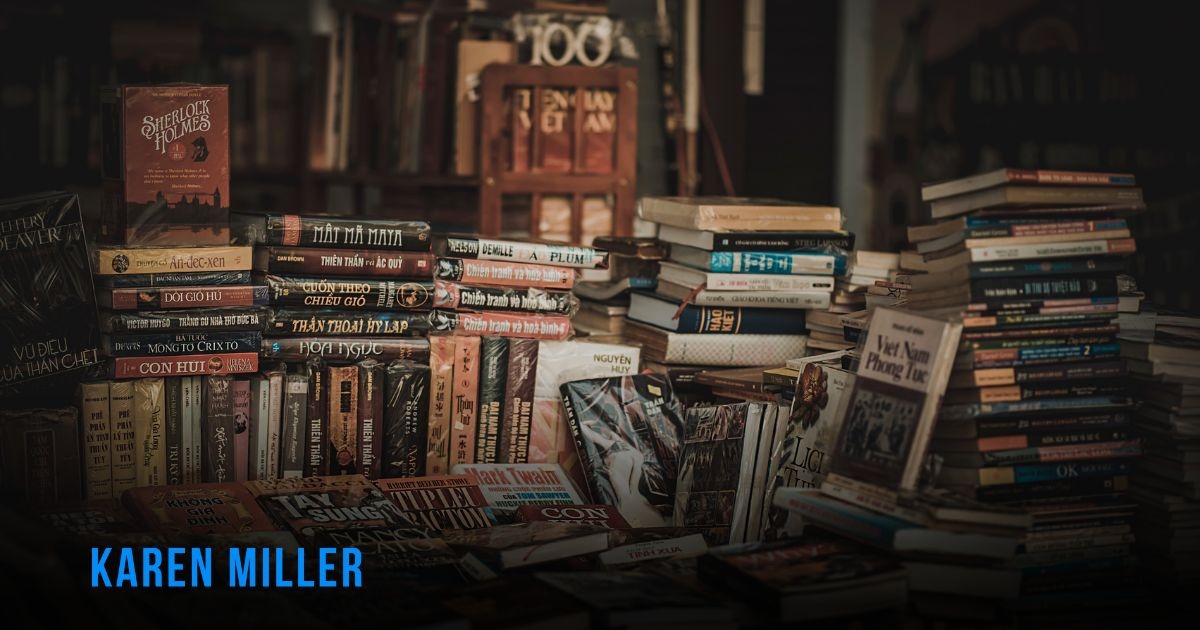It's All A Plot!
- 29 Aug 2007 12:00
- 494

At its most basic, plot is the What Happens of a story or novel. It’s the linear construction of events that take you from The Beginning to The End. Contained within the overall arc of the major plot can be what are called ‘sub-plots’ – mini-story arcs that weave in and out of the main plot events, point and counterpoint. For example, in a fantasy novel you might have a main plot of a hero fulfilling the demands of a quest – but along the way he meets and falls in love with a young woman. That mini-story has a beginning, middle and end, just as the main quest story has a beginning, middle and end. There can be other sub-plots as well, dealing with separate but related events or characters. Less time is devoted to those smaller story arcs, but they all need to follow the same pattern: beginning, middle and end. Leaving plot-threads dangling usually irritates readers and editors, particularly in genre fiction.
And plotting? Well, that’s the act of working out the What Happens. It’s the aligning of the various events into a cohesive shape – what you might call the skeleton of your story. Writing the first draft, dramatising the outlined events, is putting the flesh and muscle on that skeleton.
So. How do you go about translating a neat idea into a fully-fledged plot? Well, it’s at once both a simple and a complicated process. First of all, let’s look at the two most common approaches to plotting: the pre-writing outline, or the seat-of-the-pants work it out as you go. For the record, I’m going to say I don’t think one way is ‘better’ than the other. A lot of it has to do with the personality of the writer. In life, some people like to pre-plan, while other people like to wing it. On balance, the pre-planners waste less time and energy by getting some or all of the basic notes down before they begin the actual writing process. But the folks who take a more laissez-faire approach often find that the act of writing becomes a process of discovery which frees up their creativity and allows the words to flow. They feel stifled by a rigid set of plot-points. It’s what works for you that counts. Whichever way you choose is what’s best for you – provided that you end up with a finished first draft manuscript that can then be rewritten into shape.
I’ll say at this point that when it comes to plotting, I’m a loose outliner. I work out a rough road map for the story before I sit down to start writing, with a firm beginning, a definite end, and then some signposts along the way through the middle section to bridge that gap. These signposts generally indicate what happens, but the how doesn’t fully develop until I’m actually writing. Once it’s done, I break down my plotting outline into bullet points and put them up on my wall of whiteboards in the study, so I’ve got an easy-at-a-glance roadmap of the story. That way, when I get lost, it’s simple to figure out where I am, where I’ve been, and where I’m going.
(Incidentally, it’s a helpful way of keeping track of your sub-plots, especially if you use a different coloured whiteboard marker. You can instantly see the balances between plot and sub-plots, and adjust accordingly.)
Anyhow. A helpful way to make the transition from idea to outline is to ask yourself questions. Who are these people? What do they want? Who wants to stop them? Why? How? How do your heroes overcome the obstacles placed in their way? What happens next? Next? Next? It’s the posing of questions, and the finding of answers, that helps you create the framework of the story. You don’t need to know all the answers in the first outline or draft. As I’ve said, sometimes it’s enough to know the ‘what’, without being entirely clear yet on the ‘how’.
For example, you might know that at a certain point your hero is rescued by your heroine. For the purposes of hammering out the outline, you can say: Jane rescues Rex. But the details, the execution of the rescue, can maybe wait until you’re in the actual writing phase, which is where creativity and invention really come out to play. Or maybe you think you know the how as you work the outline, but a better idea occurs in the writing. Either way is fine. The outline isn’t the novel. The first draft isn’t the novel, either. Both are just stepping stones to the final product, the finished story, which can’t be finished until you’ve got something down in black and white, to look at and refine.
One of writing’s truisms is this: Plot is character, and character is plot. And it’s a truism for a reason – it’s true!
Sometimes, as you’re working out what happens in your story, you’ll set up situations that must occur, in order to serve your overall agenda. Usually these are journeys your hero must take, or obstacles for your hero to face, overcome or fall at. And that’s fine. But what happens during the journeying, facing, overcoming or falling is the part of the plot that needs to take into account the nature of your hero. The hero’s personality will dictate the How of those actions. That’s where plot and character intersect.
For example: a character’s horse breaks its leg. How that happens will illustrate many things about this person – were they riding recklessly, were they trying to escape the baddies or catch the goodies, were they attempting to help someone, did the horse bolt in fright and were they unable to regain control? Now the horse has to be put down. Does the character do it, and if so, how? Does he weep? Does he not care? Does he find someone else to do it? Finally,
how does the character get a new horse, since the possession of a horse is paramount? Buy another one? Steal one? Swindle or cheat for one? Beg for one? Bargain for one? Perform an heroic deed for one?
The choices are many, but each will do the following: further the plot, define/reveal the character … and influence future plotting choices. Because characters, to be plausible, need internal consistency. They need to be true to themselves. To be believable to the reader, they can’t be blatantly contradictory ie today they hate Jane, tomorrow they love Jane – unless that very contrariness is part of the plot. In which case there needs to be a method to the madness and it needs to be explained, or your reader will feel let down.
But! Bearing in mind that readers like their characters to be accessible, logical and consistent, it’s still possible to have them do something surprising, in a way that doesn’t destroy your story’s credibility. Provided you have a strong foundation for the action, and can make it believable within the story structure, and don’t do anything outrageously contradictory, it’s a good way of keeping the action energetic and the reader on his or her toes.
The other way of introducing a plot twist is to guide the action along a certain path, so that it appears to the characters – and the reader – that a particular outcome is likely. Everything in the story points to that outcome. And then bang! You throw a spanner in the works, pull the rug out from under your characters, and send the narrative in a completely different direction.
Provided neither of these plot-twist devices is over-used, they can be extremely helpful in keeping your narrative fresh and vibrant, ensuring your readers don’t get bored.
The problem of boring, mundane or predictable plotting arises usually when not enough thought has gone into the Big Picture of the story events, or the fine detail of the characters’ construction. If the characters aren’t fully fleshed out, three-dimensional personalities, chances are they’ll behave in ways to be found in a bunch of books readers have read before. Likewise the various What Happens stuff in the story. Whether it’s when you’re creating a character or thinking up obstacles for the hero to overcome, always examine your first thought in the plotting process – look for ways to achieve your story outcome in a surprising, unusual fashion. Look for ways to confound the exectations of both characters and readers. Be inventive. Be daring. Be plausible, but different. Learn to think outside the box, laterally. Play the What If game until something fresh stirs in the mix.
So, to sum up: you need to work out What Happens, and How your characters react to What Happens. You need to come up with a range of interesting, challenging obstacles that propel the narrative in fresh, exciting and unexpected directions, bearing in mind that those choices further help determine What Happens next, and How the character will react.
It can be a real chicken-and-egg adventure. The most important thing to remember is that the journey of the first draft, from vague idea to completed manuscript, is part and parcel of the plotting process. That’s where, whether you’ve outlined or not, the story itself comes alive through its dramatisation. The point isn’t that it’s perfect – the point is that it gets written. Then you can stand back, look at the story as a whole, and really get down to the nitty gritty – the rewriting.
